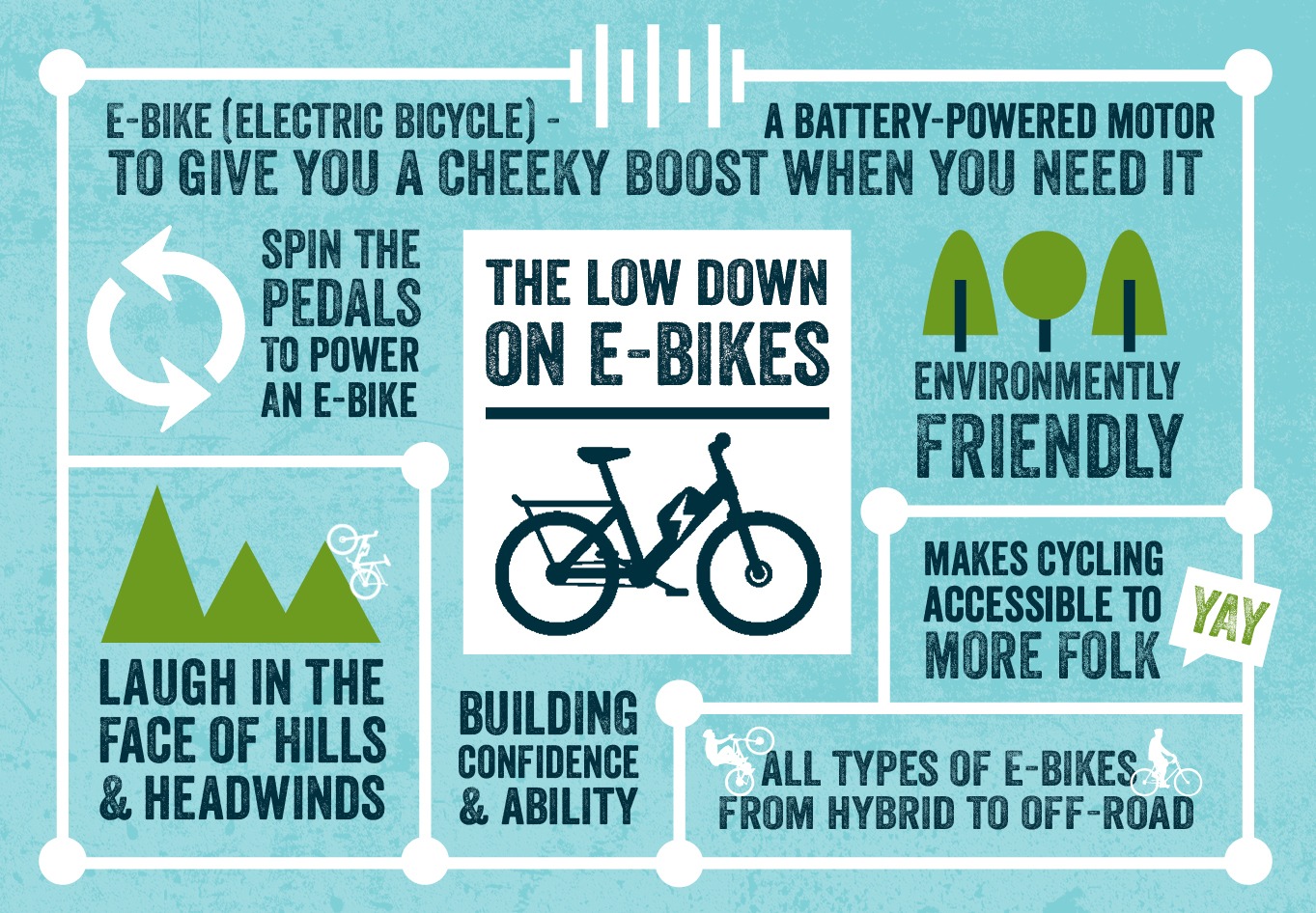Choose The E-Bike That Is Ideal Fit To Your Requirements And Adapts Applicable Legislations
Choose The E-Bike That Is Ideal Fit To Your Requirements And Adapts Applicable Legislations
Blog Article
Content Produce By-Middleton Shaffer
If you're taking into consideration acquiring an e-bike, recognizing the different courses is type in making an educated decision. You could be stunned at exactly how each class provides unique features that cater to various riding preferences and lawful requirements. From pedal-assist alternatives to throttle-controlled versions, each course has its benefits. So, prior to you select the best e-bike for your needs, it's critical to understand the distinctions between Class 1, Class 2, and Course 3 e-bikes.
Class 1 E-Bikes
Course 1 E-Bikes are defined as pedal-assist electric bikes that supply help only when you pedal, ceasing to do so as soon as you get to 20 mph. These bikes are best for those trying to find a little additional increase while still intending to obtain some exercise. Class 1 E-Bikes use a smooth shift between pedaling and electrical help, assisting you dominate hillsides and long distances effortlessly. The motor starts as quickly as you begin pedaling, providing an all-natural and easy trip experience.
Among the essential advantages of Class 1 E-Bikes is that they're permitted on most bike paths and trails where typical bikes are allowed. This implies you can discover brand-new routes and enjoy the open airs with no constraints.
Additionally, these bikes are green and use a lasting setting of transportation, decreasing your carbon impact while still getting you to your location successfully.
Course 2 E-Bikes
Going on from the pedal-assist dynamics of Course 1 E-Bikes, Class 2 E-Bikes introduce a new component into the electric bicycle realm. These e-bikes come with a twist throttle attribute, allowing you to ride without pedaling at all. With this addition, you have the option to merely involve the throttle and allow the electric motor do the work, propelling you forward easily.
Course 2 E-Bikes are suitable for riders who might need a break from pedaling or need help when beginning with a full quit. This function makes them especially appealing for individuals with limited flexibility or those that desire a more leisurely riding experience.
However, it is very important to keep in mind that Class 2 E-Bikes are still regulated by a speed limit of 20 mph, ensuring security and compliance with guidelines.
Class 3 E-Bikes
For bikers seeking a more vibrant electric cycling experience, Class 3 E-Bikes deal enhanced speed and performance compared to their Class 1 and Course 2 counterparts. Course 3 E-Bikes are known as "rate pedelecs" and can reach rates of up to 28 miles per hour, offering a thrilling trip for those searching for an extra boost. These bikes come equipped with a pedal-assist system that kicks in when you begin pedaling, making it less complicated to preserve greater rates with less effort.
One crucial feature of Class 3 E-Bikes is that they aren't limited to bike lanes only; they can also be utilized on streets where the rate limitation is 30 mph or lower. This flexibility permits cyclists to browse through traffic extra successfully while still taking pleasure in the benefits of electrical support.
Nonetheless, it's important to keep in mind that some locations may have particular guidelines relating to the use of Class 3 E-Bikes, so always examine regional regulations before hitting the trail.
how much do ebikes weigh , since you comprehend the differences between Class 1, 2, and 3 E-Bikes, you can make a notified decision on which type best fits your requirements. Whether you favor pedal-assist, throttle attribute, or greater rates, there is an E-Bike class around for you. Keep in more resources to consider your local laws and personal preferences before making your selection. Happy riding!
